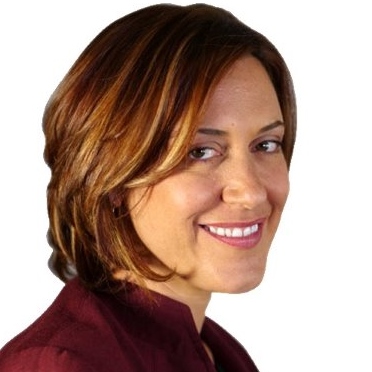click to dowload our latest edition
CLICK HERE TO SUBSCRIBE TO OUR NEWSLETTER


Published
5 years agoon
By
adminPAULA SLIER
First, it plays into the hands of Israeli Prime Minister Benjamin Netanyahu and his aides, who have been lobbying the White House to wait until after his re-election (as current polls suggest) before publicising details of the proposed plan. To do so before this, they argue, would undermine the prime minister by scaring off his voter base, and dividing his Likud party.
Netanyahu is caught between a rock and a hard place. Any hint that he might embrace the deal is likely to result in many of his voters flocking to more right-wing parties who, no doubt, will reject it outright. But if Netanyahu himself dismisses it to pacify his electorate, he runs the risk of upsetting Trump, and driving whatever is left of his centre-right support base to parties that are more centrist.
Publishing details before the elections could lead to a scenario where Netanyahu would be left with a small and unstable majority – or even not elected at all.
Second, the postponement is aimed at helping him to form a sustainable coalition.
You would think that if Washington is prepared to wait until after the elections to publish details of its plan, it could also wait a few more weeks until after a new coalition government is formed before doing so.
This is why not doing so is a very deliberate move by Trump and his team to help Netanyahu create the coalition he and they want.
It’s no secret that the current American administration would like to see Netanyahu re-elected, but it is keenly aware that its deal puts him in a precarious position. This choice of timing gives the prime minister options over who he can build his coalition with.
Should Netanyahu decide to replicate the religious-nationalist coalition he currently heads, he will have a tough time convincing his current allies of the merits of Trump’s plan.
However, should he instead decide to team up with centrist parties – who according to the polls are likely to win a significant number of seats – he has a better chance of winning them over with the details of the peace plan he plans to endorse.
The latter is what Trump is hoping for – not least of all because such a coalition would give his proposal a better chance of success.
It’s not yet clear with whom Netanyahu will form a coalition. But this way, he has a greater chance of his coalition surviving than if he forms one before the deal’s contents are known, and unhappy partners pull out later.
Washington justifies the delay by arguing that it doesn’t want to influence the vote and turn the elections into a referendum on its deal. Still, it seems apparent this is playing directly into Netanyahu’s favour.
Not that this is the first time the plan is being put on hold.
Two years ago, soon after he was inaugurated, Trump was talking about it. Later, he announced he would like to release it at the beginning of this year. And then last month, his son-in-law and senior adviser, Jared Kushner – who is driving the initiative – said it would take a “couple more months”.
So what exactly does the deal say, and in what way is it different to previous ones?
Its architects insist it won’t be American-driven, and say that they’ve already shared elements of it across the region. But that doesn’t suggest anything new or sensational.
Rumours are plentiful that it supposedly proposes a Palestinian state on 90% of the West Bank, with its capital in East Jerusalem, but not including holy sites. Israel will reportedly annex the three settlement blocs of Etzion, Ma’ale Adumim, and Ariel, while dismantling a number of isolated settlements across the West Bank.
What’s not clear is what will happen to Palestinian refugees – a recurrent sticking point in the decades-old conflict.
However, Jason Greenblatt, the US special envoy to the Middle East, dismisses the rumours as inaccurate.
Regardless, one thing is certain – the plan will upset Netanyahu’s right-base.
Trump himself has said that while Israelis and Palestinians will have to make concessions in any final settlement, the Israeli government will have to “pay a higher price” for his recognition of Jerusalem over a year ago, and his subsequent relocation of the American embassy there.
Palestinians are also unlikely to be pacified. They’ve rejected Washington’s role in any future peace process, arguing that after Trump’s moves, the US administration has shown itself to be a partial mediator.
Presumably, the Saudis are the ones that Trump is relying on to bring the Palestinians on board. However, with the kingdom’s Crown Prince Mohammed bin Salman fighting for international legitimacy after his alleged role in the murder of Saudi journalist Jamal Khashoggi, this too looks unpromising.
So, by all accounts, the timing is not right for the plan’s release. But the delay could also prove to be counter-productive to Trump.
It will take Netanyahu several weeks to form a coalition. Come April, Trump’s administration will be under pressure to start rolling out the plan as quickly as possible so that it can champion its successes on the 2020 American presidential campaign.
But, for decades, Israelis and Palestinians haven’t seen eye-to-eye, so it’s questionable they will now, and in such a short period of time. Assuming of course there is a plan – and it’s ready to be released.
